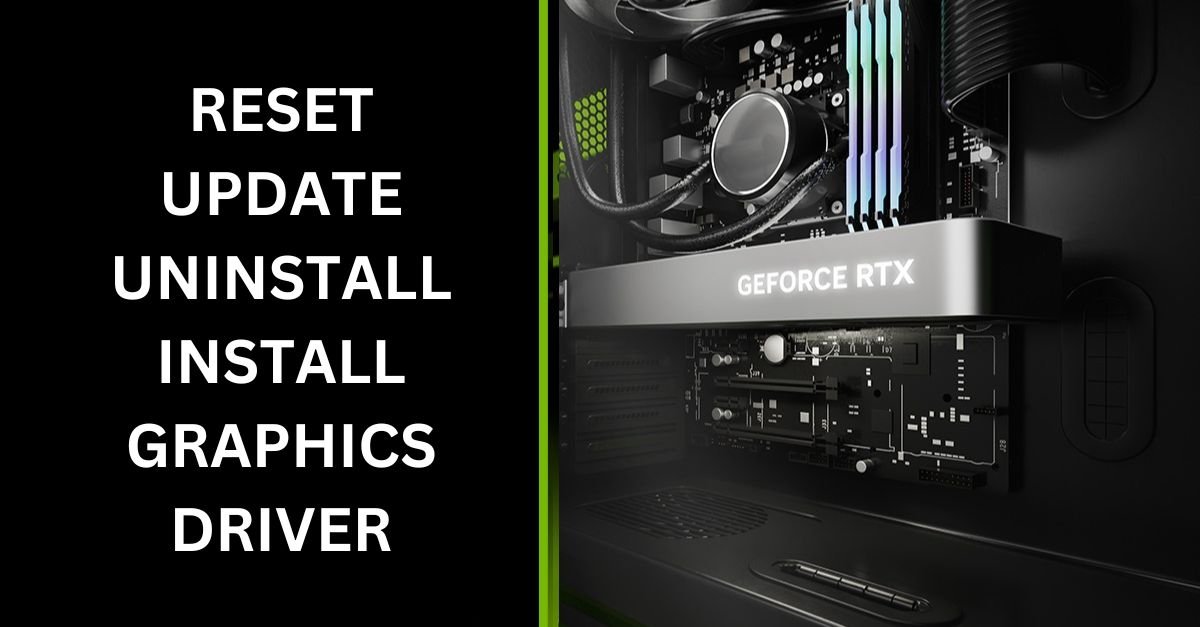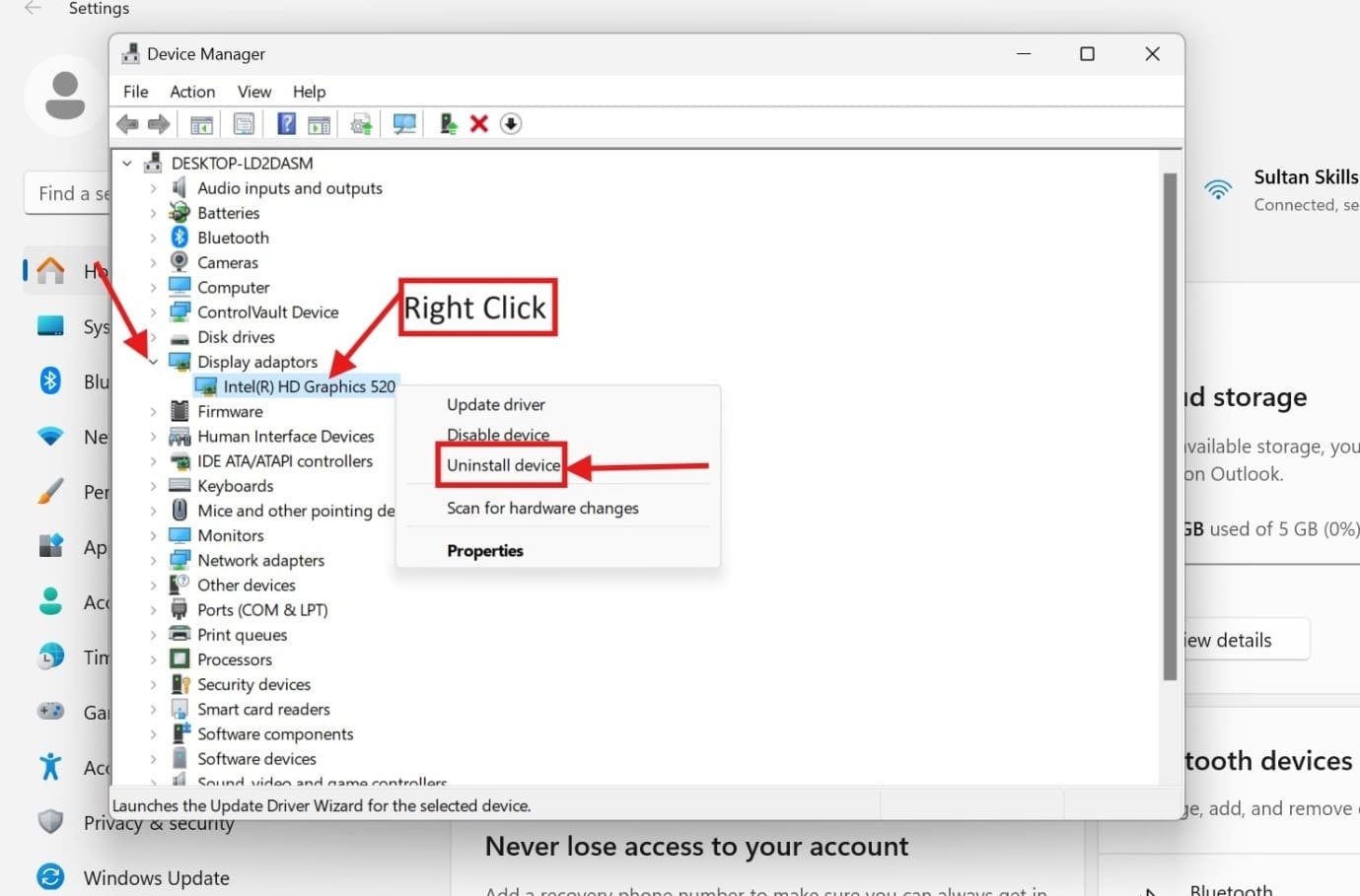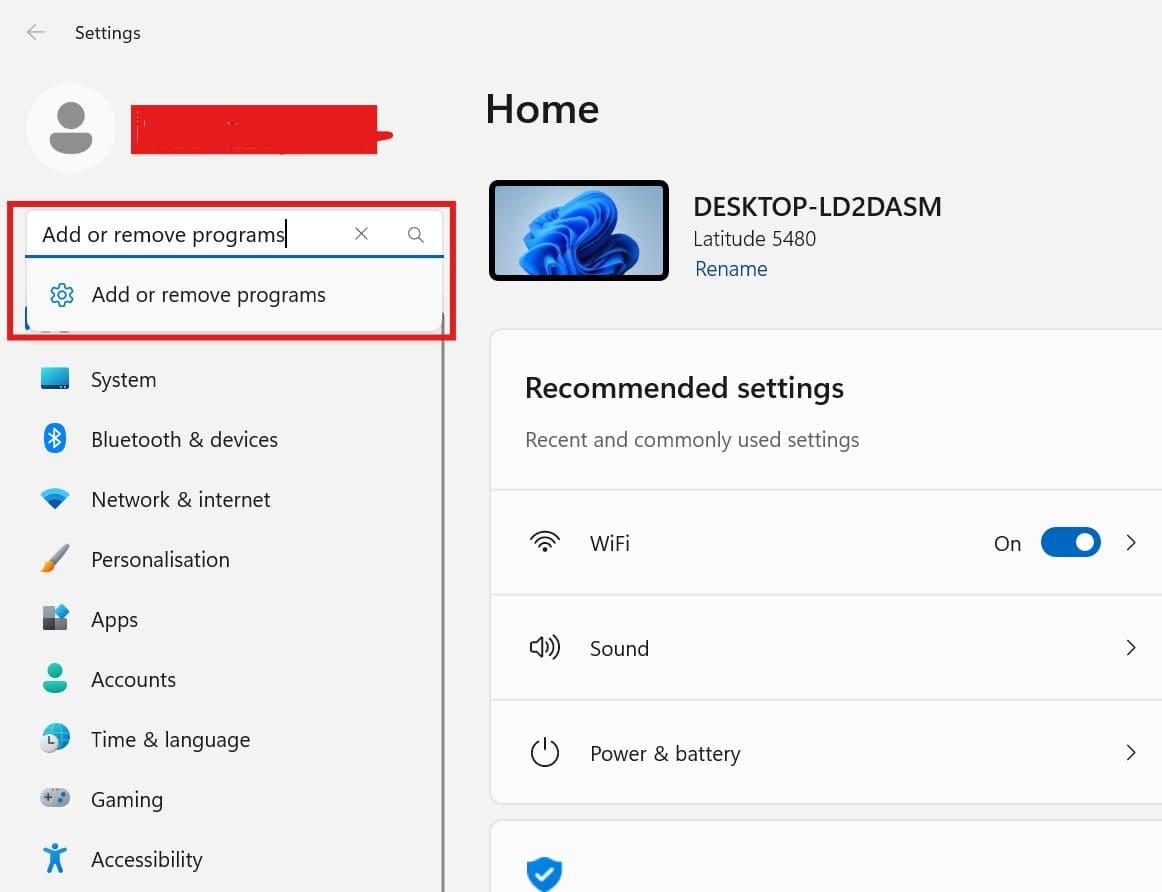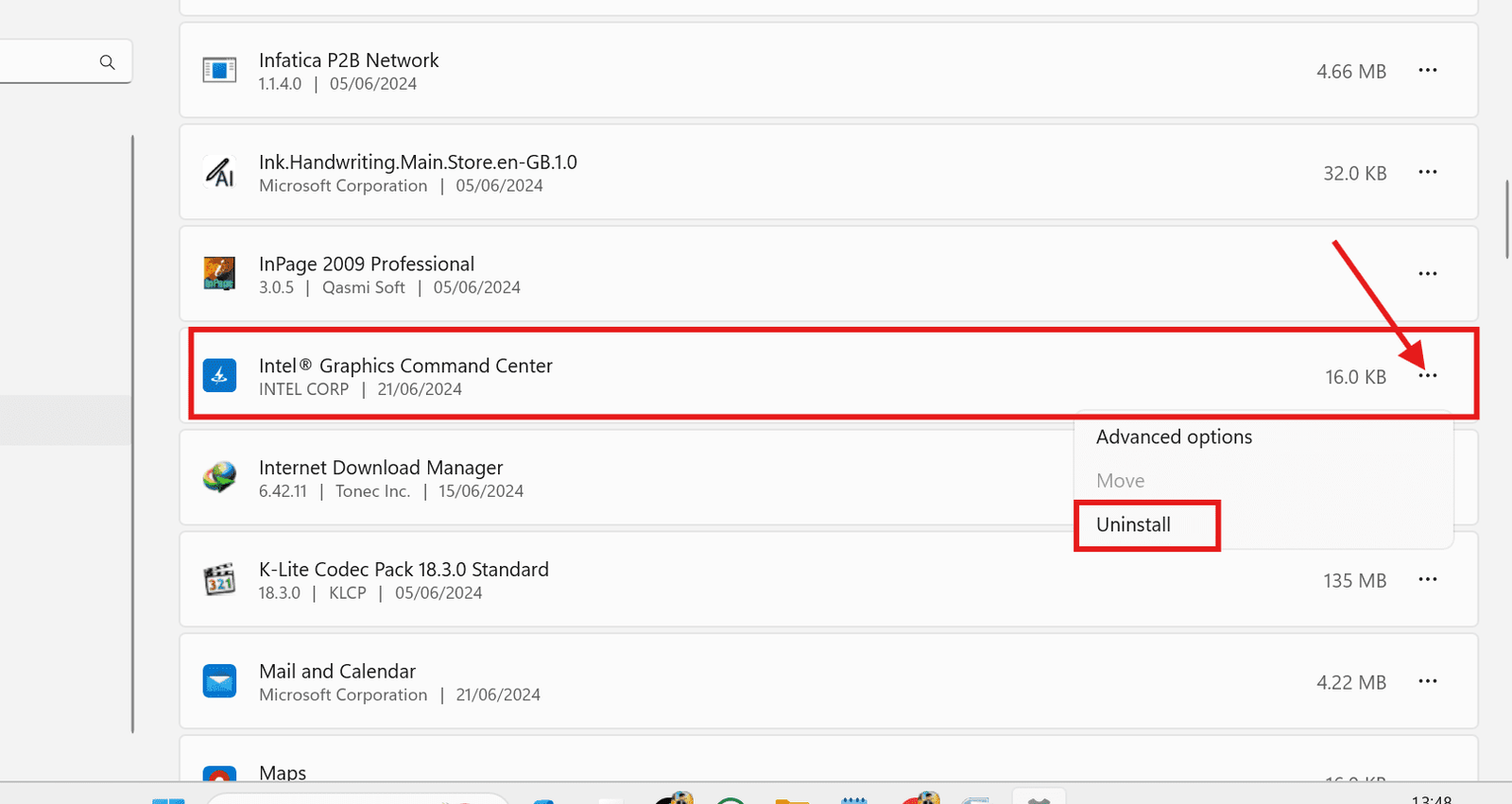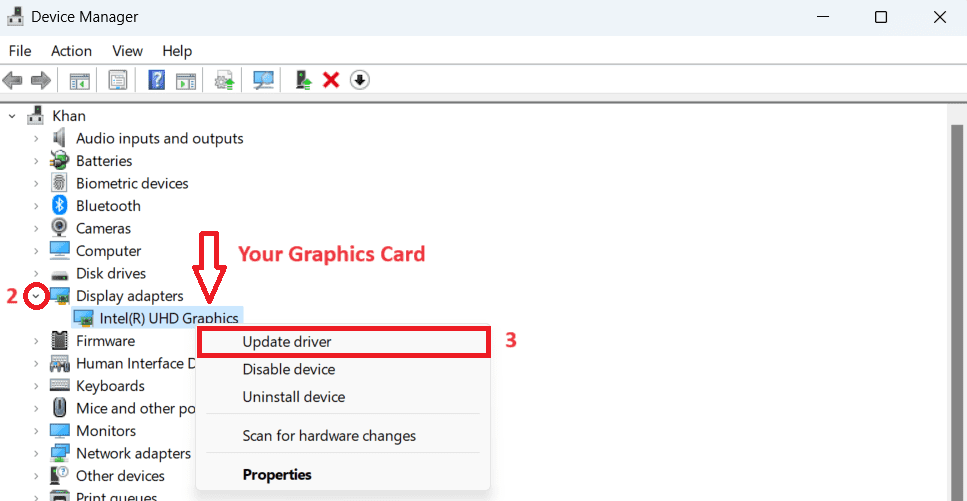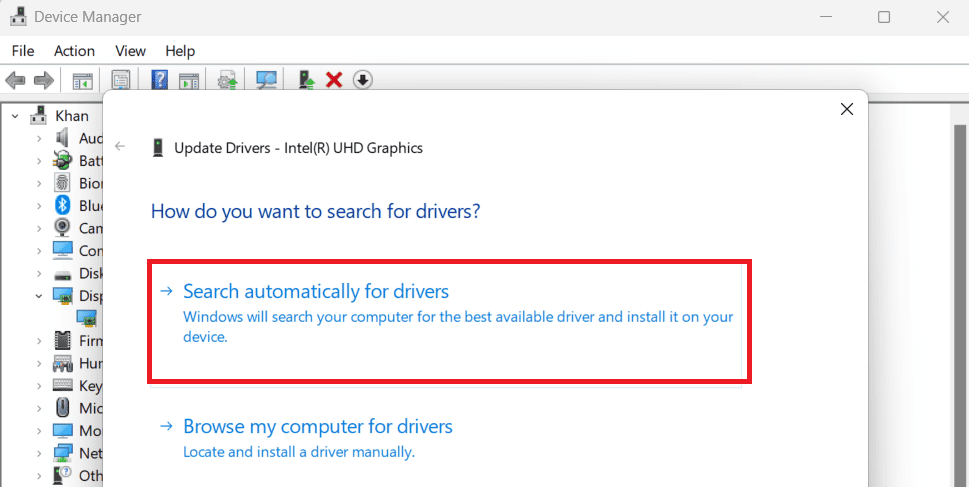Graphics drivers are a set of specific instructions to help your computer understand how to work with your graphics card. Computers with outdated drivers can lead to poor performance, crashes, screen glitches, or freezes. But resetting, uninstalling, or updating the graphics driver may fix the problem accordingly. You can also factory reset your laptop or PC in Windows 11. You can also change the main display with the updated graphics driver without any hassle.
In this article, we’ll discuss three simple ways to quickly reset your graphics card driver using short keys, uninstall, reinstall, and update in Windows 11 or 10.
Let’s dive in.
Quick Solution
- To Quickly Reset the Graphics Driver: press (Windows + Ctrl + Shift + B).
- To uninstall the graphics driver: press Windows Key + X > Device Manager > Display Adapters > Uninstall Device > Restart PC.
- To Enable/Disable Graphics Card Driver: Windows Key + X > Device Manager > Display Adapters > Disable Device > (then Enable Device).
- To update the display driver: press Windows Key + X > Device Manager > Display Adapters > Update Driver > Search automatically for drivers.
Method 1: How to Restart the Graphics Driver Using a Short Key
There’s a super handy shortcut (Windows + Ctrl + Shift + B) to restart your graphics driver in Windows 10 or 11. This hotkey works with all the major graphics cards, like GeForce RTX 4090 and Nvidia GeForce RTX 4060. I recommend, you should save your media work first and then press the above refresh button.
Your computer’s graphics card will be restarted and remove errors and glitches without restarting your computer.
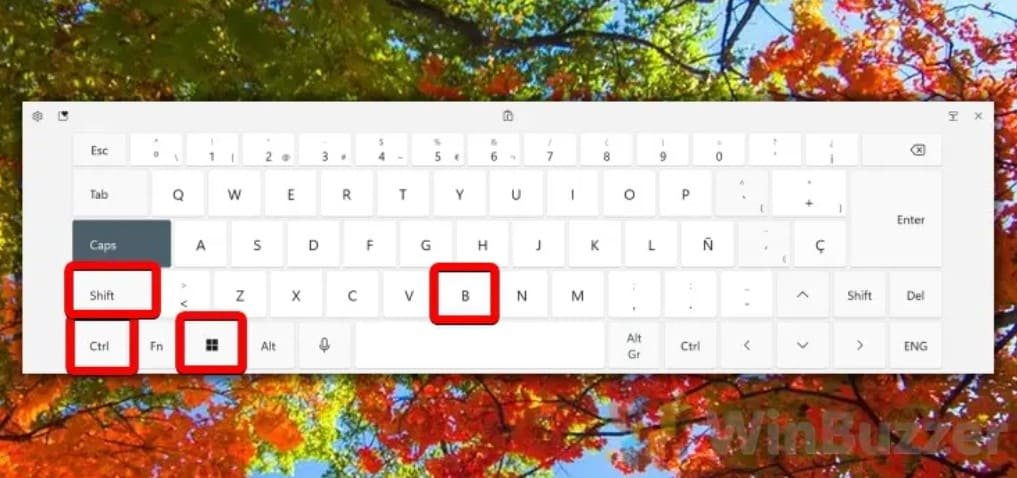
Method 2: How to Uninstall the Graphics Driver Using Device Manager
Here, uninstalling means resetting the graphics driver and then reinstalling it from the official website or letting Windows 11 or 10 select and reinstall the latest one.
Resetting the graphics driver in Windows 10 or 11 with Device Manager resolves crashing, slow performance issues, and compatibility problems with games, media, or programs!
Follow these simple steps to reset the graphics driver using Device Manager in Windows 111.
- Type “Device Manager” in the window search box and open it.

- Click on “Display Adapters,” then right-click on your graphics card or chipset from the list and select “Uninstall device.”

- Once you’ve reset the driver, restart your computer.
After restarting, Windows 10 or 11 will automatically find and reinstall the newest graphics driver. You can also grab the latest driver directly from your graphics card manufacturer’s website after uninstalling the old one.
Method 3: How to Reset the Graphics Driver via Windows Settings
Keeping your graphics card driver up-to-date in Windows 11 or 10 is important for achieving peak performance on your computer.
Follow the steps below to uninstall your graphics card driver using the Settings app:
- Go to Start and Search and click on “Add or remove programs.”

- Here is the graphics driver software; click the usual three-dot menu you see in most apps, and choose “Uninstall.” Your computer will need a restart to finish things up.

That’s how you can reset the graphics driver by uninstalling graphics software, and then reinstalling may fix the issue.
How to Update the Graphics Driver in Windows 11/10
You should always keep your graphics driver up to date on Windows 11 or 10. It will help you achieve high graphics performance and remove glitches in the previous driver version. The new drivers will be compatible with the most recent games and apps and will add the latest graphics features. You may quickly update your driver via Windows Update, Device Manager, or by downloading it directly from the website of your graphics card manufacturer (such as Nvidia or AMD).
We’ll show you two easy ways to update your Windows 11 or 10 graphics card driver.
The First Way to Update the Graphic Driver in Windows 11:
- Open the Windows Settings app (by pressing the keys Windows + i).
- Click on “Windows Update.”
- Now click on “Check for updates” (Windows will search for any available updates, including new graphics card drivers).
- If a new driver is available, Windows will install it automatically.
In some cases, you might see a “Download and install” button. Click on it if needed. Just follow the on-screen instructions to finish the update process.
The Second Way to Update the Graphic Driver in Windows 11 by Using Device Manager
Updating the graphics driver using Device Manager lets you pick the exact graphics driver update yourself. This method is helpful if Windows has not installed the latest driver and you are facing bad graphics.
To do this:
- Press “Windows + X” and select “Device Manager” from the menu that appears to see a list of all your computer’s hardware devices.
- Find “Display Adapters” and click the arrow button to expand this section. You will see your graphics card listed there.
- Right-click your graphics card and select “Update driver.” (This process is similar to resetting the driver.)

- Choose “Search automatically for updated driver software.” This tells Windows to look online for the latest driver for your graphics card.

- If Windows finds a new driver, follow the on-screen instructions to complete the installation. If your driver is already updated, then you’ll see the following message:“The best drivers for your device are already installed.”.
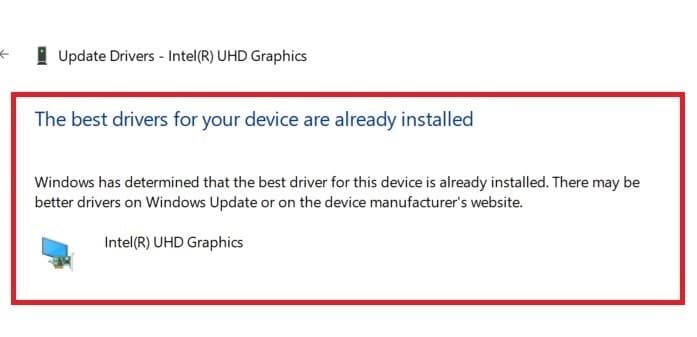
Conclusion
The graphics driver update is like giving your computer’s visuals a tune-up. You can quickly restart, reset, install, reinstall, or simply update your graphics driver in Windows 10 or 11 and resolve minor to major display issues.
FAQs: How to Restart Reset Update the Graphics Driver in Windows 11/10
How can I update my graphics driver manually?
- Identify your graphics card model (NVIDIA, AMD, and Intel).
- Go to the official manufacturer’s website and download the latest driver for your laptop or computer model.
- Run the downloaded graphics card driver and follow the on-screen instructions.
Will resetting or updating my graphics driver affect my computer settings?
Restarting the graphics driver might reset some graphics settings you’ve made. It is highly recommended to save your work beforehand. Resetting or updating the driver will not affect other computer settings.
What are the signs that I need to update my graphics driver?
- Glitching or freezing the computer screen.
- Slow performance in games and programs.
- Compatibility issues with new games or software.

